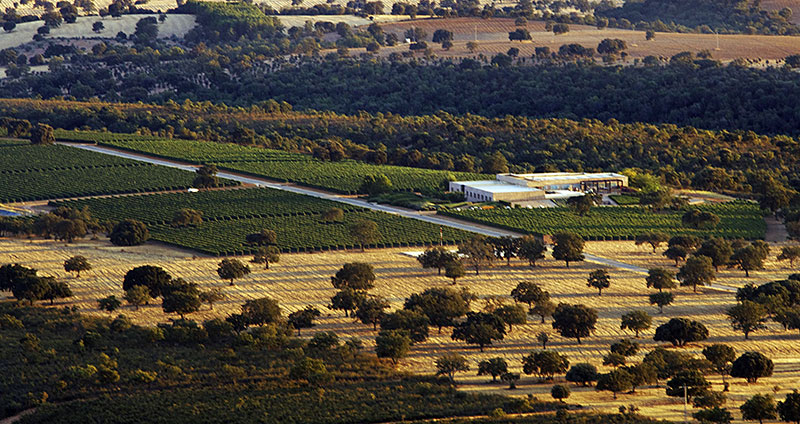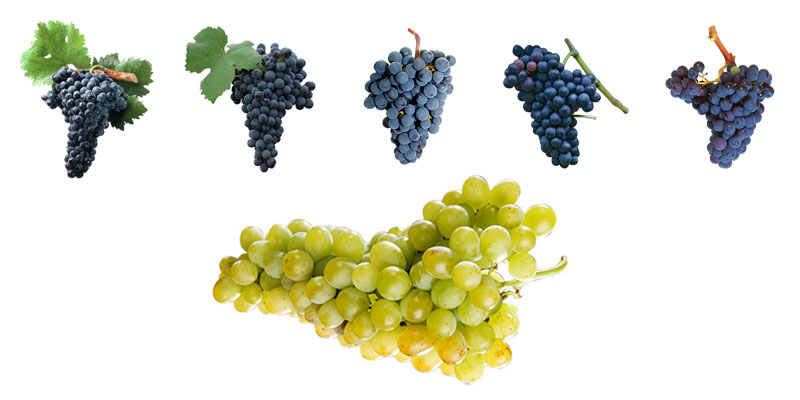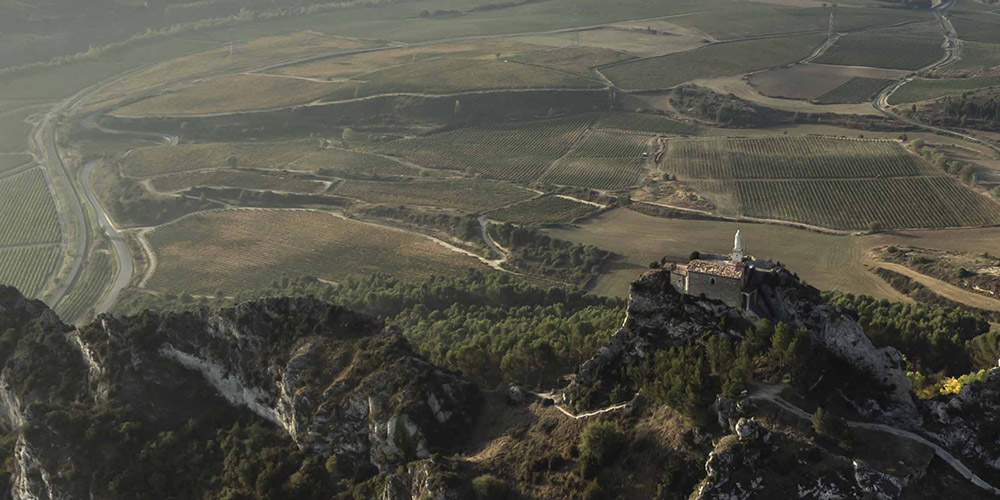Following upon the news of Spain’s newest DO in a decade and a half granted to Campo de Calatrava is its newest PDO for a Vino de Pago called, “Rosalejo”.
Located in the region of Castilla-La Mancha, it’s shared between the municipalities of Anchuras (in the province of Ciudad Real) and Sevilleja de la Jara (in the province of Toledo) and covers a not insubstantial area of 1,300ha.
The apparent justification for the creation of this Vino de Pago is that the region sits at 650m in altitude and has acidic soils which result in wines with a low pH. The only grape varieties permitted are: Syrah, Tempranillo, and Grenache and wines need to have a minimum of 12% alcohol. It’s interesting that in the pliego de condiciones (guidelines), there is also a minimum of six months barrel aging required for the resulting wines.
This was a surprisingly fast approval as the application was submitted by José Gomis Cañete (the co-owner of the winery with a vineyard in the pago, Eldoze) in April of 2022 which means that it took less than two years to get ratified. While this may seem like a long time, it’s often the case that these applications get bogged down somewhere along the line and delays of a decade are not unheard of.
It’s worth taking a look at how this new pago fits in to the overall scheme of things as I’ve long-been a critic of the entire system. I say this as all of the current 24 Vinos de Pago are single-owner estates thus it’s become more a system of monopoles than anything else. Additionally, it’s often difficult to understand the justification for creating a Protected Denomination of Origin as these are to be reserved for truly unique points of origin.
In this case, the current wine produced from this VdP is only from a small portion of the approved region. There are just 6ha which are planted fully to Syrah. In the past, the resulting wine (which to date was produced under the auspices of Vino de la Tierra Castilla) has been rated at either 89 or 90 points by Guía Peñín in Spain and while not a bad score, it’s not a blockbuster score and it makes it curious as to how one can justify an entire EU-level PDO around it. Again, Rosalejo is just the latest to show this issue when it comes to the Vinos de Pago.
As a point of clarification, while they’re both a PDO (or DOP in Spanish), a Vino de Pago is not a DO (Denomination of Origin) despite the names seeming to state that they’re interchangeable. The DOs in Spain have a managing council (consejo)and require several winery entities in order to form them–I’ve heard varying figures but four seems to be the most common answer.
 Likewise, the Vino de Pago is typically portrayed as the “top” of the classification pyramid in Spain, above DO and even DOC/DOQ (see right). While possible, a VdP could only justify this claim if it was pulled out of an existing DOC/DOQ which in this case are only Rioja and Priorat. As the latter introduced their own ‘Grand Cru’ system, it’s hard to imagine anyone eschewing that for the VdP category.
Likewise, the Vino de Pago is typically portrayed as the “top” of the classification pyramid in Spain, above DO and even DOC/DOQ (see right). While possible, a VdP could only justify this claim if it was pulled out of an existing DOC/DOQ which in this case are only Rioja and Priorat. As the latter introduced their own ‘Grand Cru’ system, it’s hard to imagine anyone eschewing that for the VdP category.
Otherwise, Vino de Pago sits at the level of PDO within the EU, which along with the DO/DOC is shared by the Vino de Calidad con Indicación Geográfica or VCIG that actually sits just below DO, but above the Vino de la Tierra which is the PGI level in Spain. This is to say that while a Spanish DO is a PDO, not all PDOs are DOs despite the Vino de Pago often being stated as such. Even a DO like the the new Campo de Calatrava with just 8 wineries in it, is still a far more complex entity than Rosalejo.
Suffice to say, it’s hard to know which direction the Vino de Pago is headed in Spain, but as it currently sits, it’s not a guaranteed mark of high-wine quality in for the wines, but it would be great if that were to actually happen someday.




